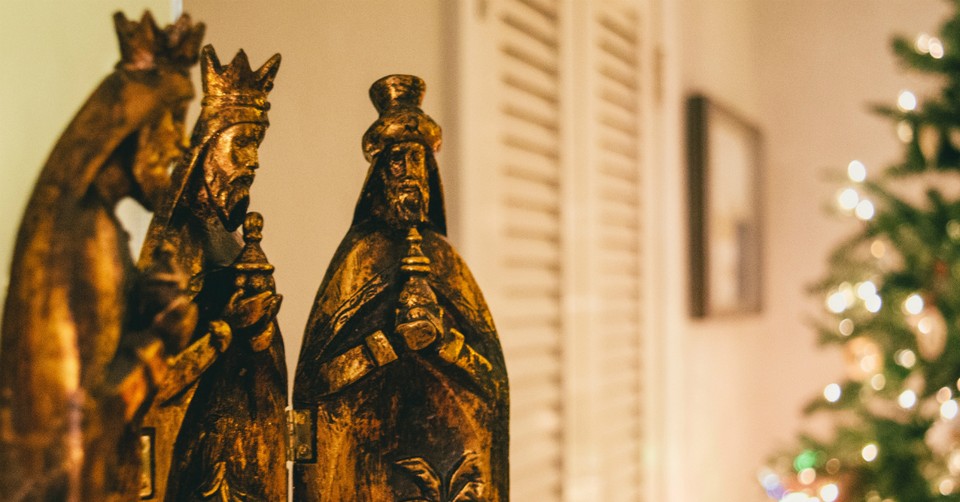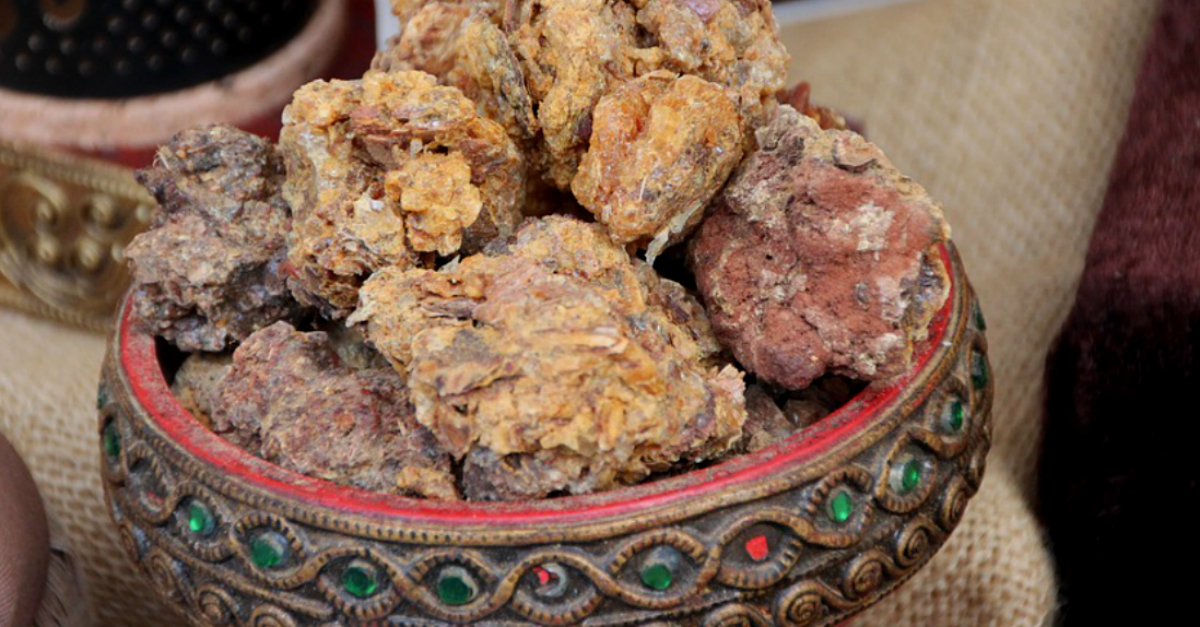What the Magi's 3 Gifts to Jesus Really Symbolize

Back in the early 90’s I came across a Bible teacher who operated under the principal that if it’s in the Bible, it means something, and most probably something important.
That viewpoint is somewhat axiomatic, but its fulfillment never fails to surprise me. If I’m being sincerely transparent, there are a lot of sections in the Bible that I tend to read with half my mind asleep.
There are plenty of passages in the Bible that go right past me until someone smarter than I am calls my attention to them. A good example is the dimensions Noah was given to build his ark. Okay, I say to myself, it’s big, not thinking to ask why it’s that big or why those particular ratios of dimensions are used.
And then someone who knows a thing or two about the size of a cubit and how a ship’s hauling capacity (called displacement) is measured runs the numbers and discovers the ark has roughly the same displacement as the Titanic (the Titanic!) and the dimensions were designed to make it incredibly stable in rough seas.
That’s the kind of information that’s always catching me by surprise and fills me with wonder. It’s just cool.
That brings us to the topic of this article: the gifts of the magi, or wise men. Matthew 2:1-12 tells us they brought gold, frankincense, and myrrh to honor the Christ child, but never explains how they happened to bring these gifts.
But, we know that if they’re mentioned in the inspired word, they must be important. Let’s discover what they mean.

Gold for a King
Gold is obvious. It’s been the store of value for thousands of years. It’s rare and difficult to accumulate. It’s easy to work into shapes or very thin sheets. And it doesn’t rust or corrode. All of these recommend it as a store of value and its use is all over the Old Testament books of the Bible, especially in the description given for building the temple and the Ark of the Covenant (Exodus 25).
Solomon’s vast wealth is described in the amount of gold he accumulated. If you want a real eye-opener, here’s a little research on just how much wealth Solomon collected each year in gold: $1.2 billion dollars!
This is calculated from 666 talents of gold (1 Kings 10:14) with a mean weight of 75 pounds per talent, 16 ounces per pound and the current dollar value of gold at roughly $1,500 dollars per ounce. And remember, this is real, tangible wealth.
It’s no wonder that gold was the Old Testament symbol of kings. Thus, when the magi brought gold to honor Jesus, they were proclaiming him king.
More, they were proclaiming him to be the ultimate king, in their eastern tradition, the “king of kings.”
It would be interesting to know exactly how much gold they brought and what happened to it. Unfortunately, the written record doesn’t provide any clues. Was it used by Joseph and Mary to buy their escape into Egypt? Perhaps Jesus gave it to the poor. We simply don’t know.
Photo Credit: ©Pexels/Pixabay

Frankincense for a High Priest
The high priest of Israel burned incense in the temple on the Day of Atonement. One particular interpretation of this act appeals to me.
The smoke of the incense was intended to fill the Holy of Holies and hide God who dwelt on the mercy seat between the cherubim in order that the high priest might be there in the presence of God without dying.
To see God was to die. The incense was intended to save the high priest from death. Even the formulation of the incense had to be exact (Exodus 30:34). To burn anything else or to use a proscribed source of flame was “strange fire” and was punishable by death (Leviticus 10:1).
Therefore, when the magi brought frankincense to Jesus, they proclaimed him to be their high priest. The importance of this second gift is difficult to overstate. In the Old Testament tradition, the kings came from the tribe of Judah, while the priests came from the tribe of Levi. Thus, the two powers were to be kept separate.
Yet, in the birth of Jesus, the two powers were combined and the presence of the two gifts together foreshadows Jesus’s role as both king and priest for the people.
This is explained more fully in the New Testament book of Hebrews when the author claims that Jesus is of the order of Melchizedek, who was both priest and king to his people.
Photo Credit: ©Unsplash/Max Michatz

Myrrh for a Sacrifice
The last gift of the magi, myrrh, is the most solemn, but no less prophetic. An embalming oil, Myrrh symbolized the Christ’s mortality as a man. Imagine bringing a gift to the Messiah proclaiming his suffering and death.
What could be more antithetical to the previous two gifts than myrrh? How could they stand it?
There are two interesting connections to myrrh to be found within the New Testament. The first is that the name Mary has myrrh as its root. Her name also turns out to be prophetic. When she presented Jesus at the temple, Simeon prophesies over Jesus and tells Mary that a sword will pierce her own heart as well.
A second use of the word myrrh is found in the book of Revelation. When John is given the seven letters to seven churches, there is one church whose letter tells of suffering and persecution even to the point of death. The church is Smyrna, whose name comes from the root word myrrh.
With this last gift, the magi proclaimed that all three powers God had ordained in the Old Testament had come together in the birth and person of Jesus Christ and would be fulfilled.
Gold proclaimed Him to be our king, the one who would rule over his people, and indeed the whole of creation, forever and ever. Frankincense announced that He would be our high priest, intervening with God, Himself, on our behalf, offering prayers and intercessions for us.
And finally, myrrh reveals to us that our King and Priest, God forever, was somehow a mortal man would also serve as our prophet, a man who would die in the place of his people.
This is just the barest taste of how the presents from the wise men point to so much more. The study of the gifts of the magi is a study without end.
Each reference leads to another revelation, an additional unveiling of who Jesus is, but it’s a study that begs to be undertaken. It was a study that I undertook before I wrote The End of the Magi. I hope this Christmas everyone will study and appreciate the enormity of what was being said with those gifts. Come and behold Him!
Photo Credit: ©Pixabay/Leo_65
Patrick W. Carr is the award-winning author of The Staff and the Sword and Darkwater Saga series as well as the just-released Biblical historical book, The End of the Magi. When he’s not writing he’s disguised as a not-so-mild-mannered math teacher in Tennessee. He shares his house with his awesome wife, Mary, and a little dog with a big attitude, Mr. Fruffles.
Photo Credit: ©Unsplash/Jonathan Meyer
Originally published December 16, 2019.







